An Engineer Has a Unique Solution for Farmer Suicides. And It Involves Cows.
Cowism is a startup founded by computer engineer Chetan Raut, who believes the integration of indigenous cows in agriculture is the only solution to stopping farmer suicides.
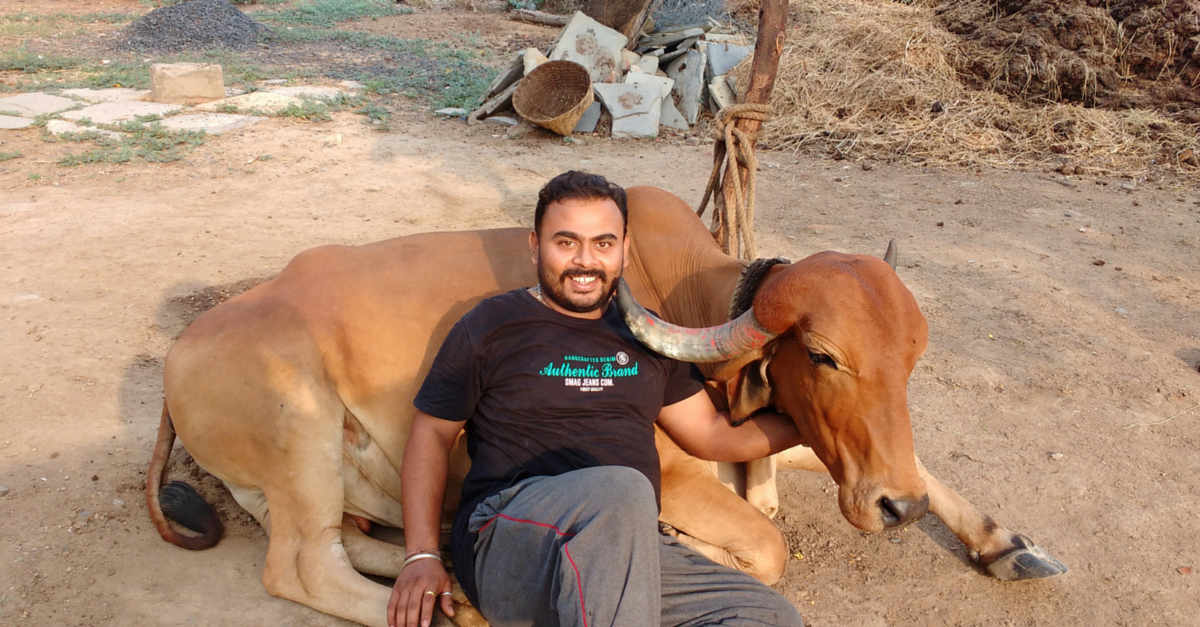
Cowism is a startup founded by computer engineer Chetan Raut, who believes the integration of indigenous cows in agriculture is the only solution to stopping farmer suicides.
Farmer suicides were at their peak when Chetan Raut was pursuing his engineering course in YCCE, Nagpur. Chetan’s father, Arun Raut, was once a farmer too. He actively participated in the farming revolution by Sharat Joshi when he was a student himself. But, after a few years, he resumed his studies because he was disappointed with farming.
“My father always discouraged us from taking up agriculture as career. But we could make out how much he loved farming by the way he spoke about it so passionately,” says Chetan.
Chetan had farming in his blood. So he could not resist staying away from it when he heard of Vidarbha farmers committing suicides. He joined the Vidarbha Youth Organization while his college. This organization worked with farmers to solve their problems and helped their children too.
To understand the reasons behind Vidarbha farmers committing suicides when farmers in western Maharashtra were doing so well, Chetan decided to visit both regions.
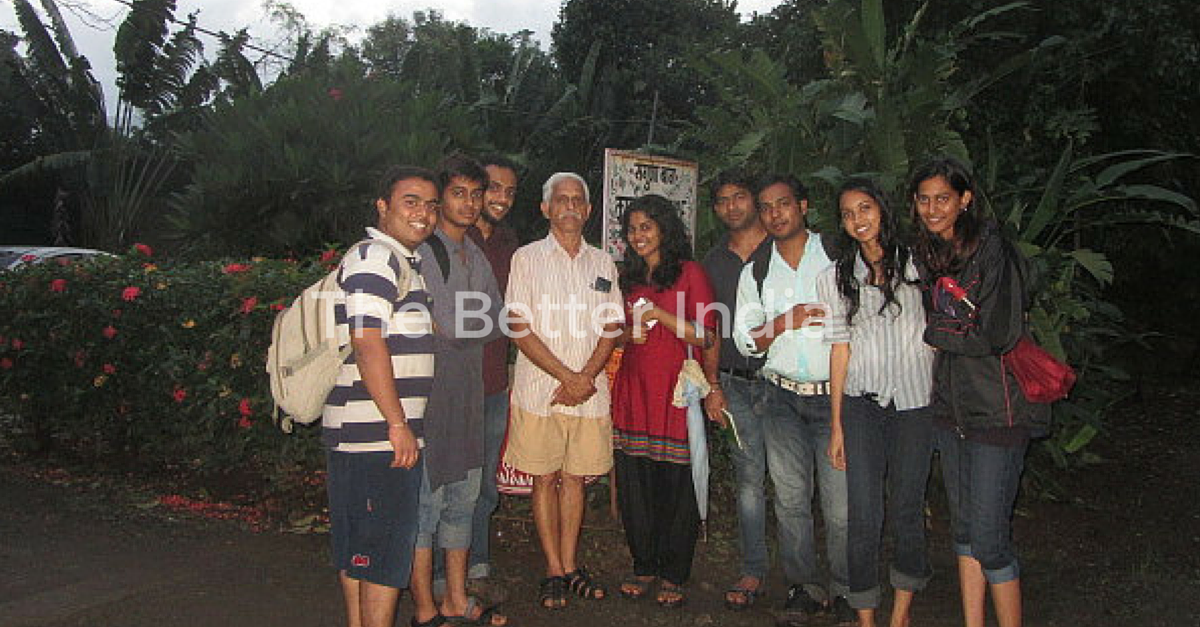
In 2011, after finishing his engineering degree in computer science, Chetan went on a road trip to villages in Maharashtra with some friends. On this trip, lasting almost a month, he saw there was one huge difference between the farmers of Vidarbha and those of western Maharashtra. And that difference was integrated farming and livestock rearing, practised by the latter.
Chetan realized the solution did not lie in creating alternatives to farming but, rather, in creating options for what could be done along with farming to make it more profitable and sustainable.
With the desire to help these farmers and know more about farming, Raut joined the Social Entrepreneurship programme at Tata Institute for Social Sciences (TISS), Mumbai in 2011.
During this programme, he had the opportunity to visit three different institutes where he studied social and rural practices for 6 months. Under this project, he visited the tribals of Jhabua in Madhya Pradesh. He stayed for a month in the tribal parts of south Goa with a NGO called Green Basics.
And to study how a village can be transformed into a self-sufficient and ideal village, Chetan visited Baba Amte’s Anandwan in Maharashtra.
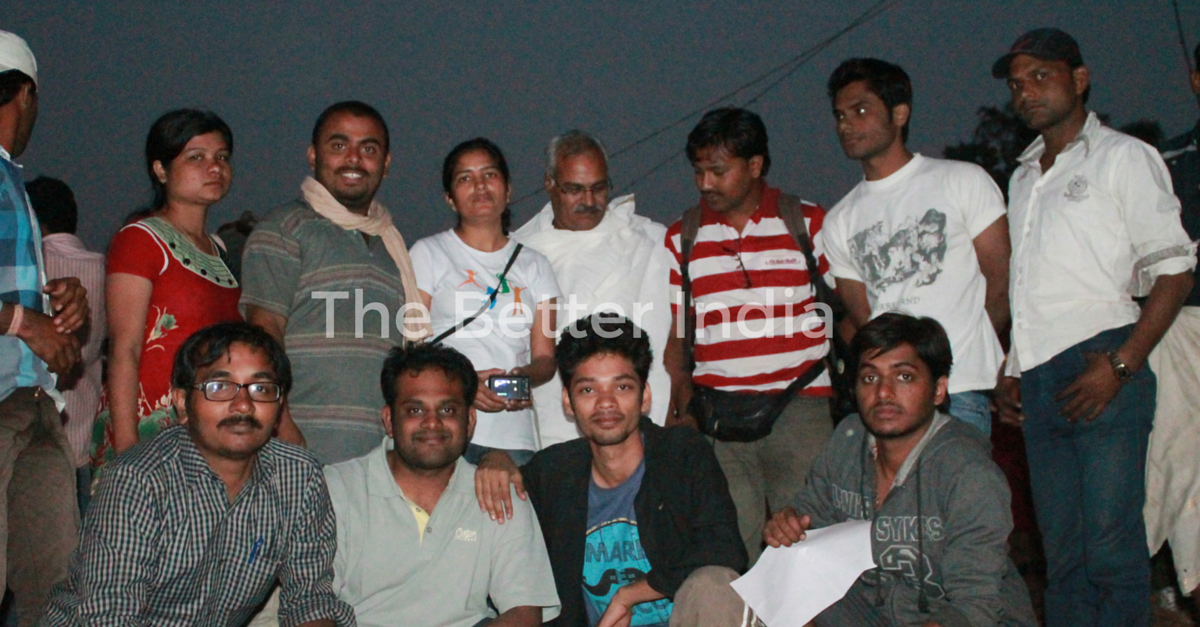
Further, on studying the history of agriculture in India, Raut came to know that in ancient times, people could not afford salt and hence they crushed some kind of ants that were salty and had them with their chapattis. But soon, another alternative to salt was found. It was milk. People could have chapattis with milk, which they got from cows they could rear. Cows also gave them bulls for farming. Cows gave them fertilizer in the form of cow dung. Getting wood for cooking meant going into jungles that were full of wild animals. So they used dried cow dung cakes as fuel. And they got all these from a harmless animal that could survive on the leftovers of their farming yield and was, therefore, very affordable. There were animals like goats, which gave them milk, or chickens, which gave them meat and eggs, but they were of no use in farms. And so, the cow became a sacred animal for them and every household had a cow.
This was what Chetan was searching for. The cow was the answer to all the problems of a farmer.
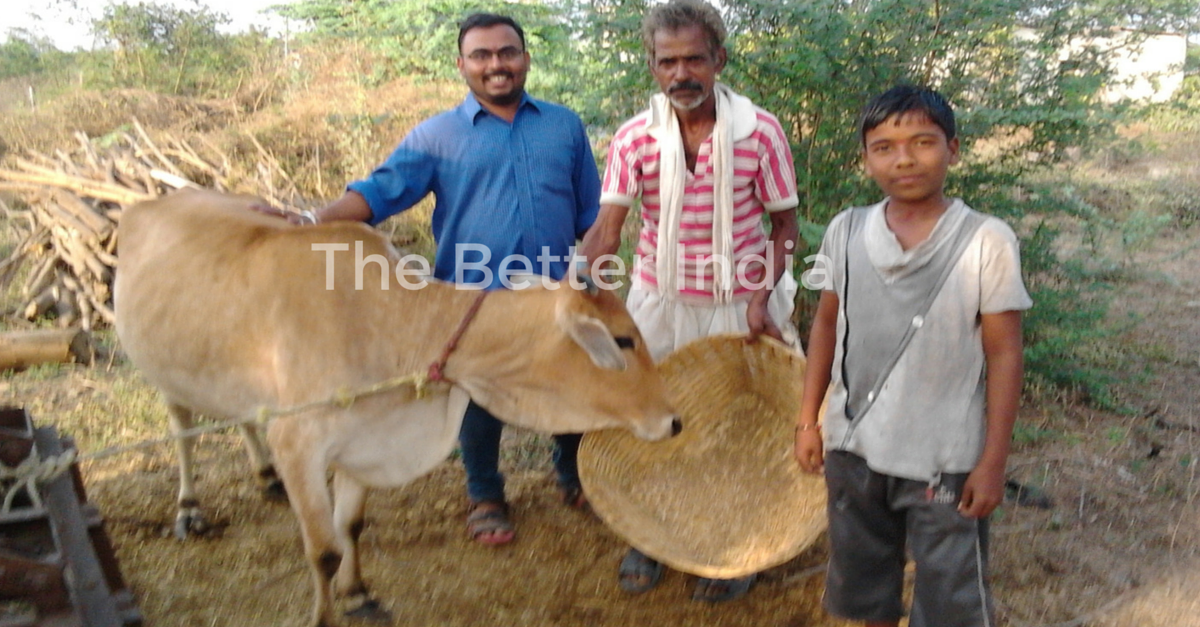
In January 2015, Raut finally decided to launch his startup, ‘Cowism,’ which would work towards reviving the old cow-based agrarian culture of India, with the aim of creating a sustainable future for agriculture.
The journey was not easy and came with its own set of challenges. Though the concept of organic agriculture is as old as humanity, convincing farmers to adopt organic farming was a huge challenge. Chetan realized that by working in the fields like a farmer himself, he stood a better chance at convincing other farmers that sustainable and profitable farming is indeed possible through organic methods.
The other challenge came in the form of a seed fund crunch: How could he continue working with limited funds and what part of the venture should he concentrate on?
However, the funding problem was solved when Cowism won the Global Indian Entrepreneur 2014 Contest. On winning this contest, he was approached by DBS bank, which came forth to support the project.
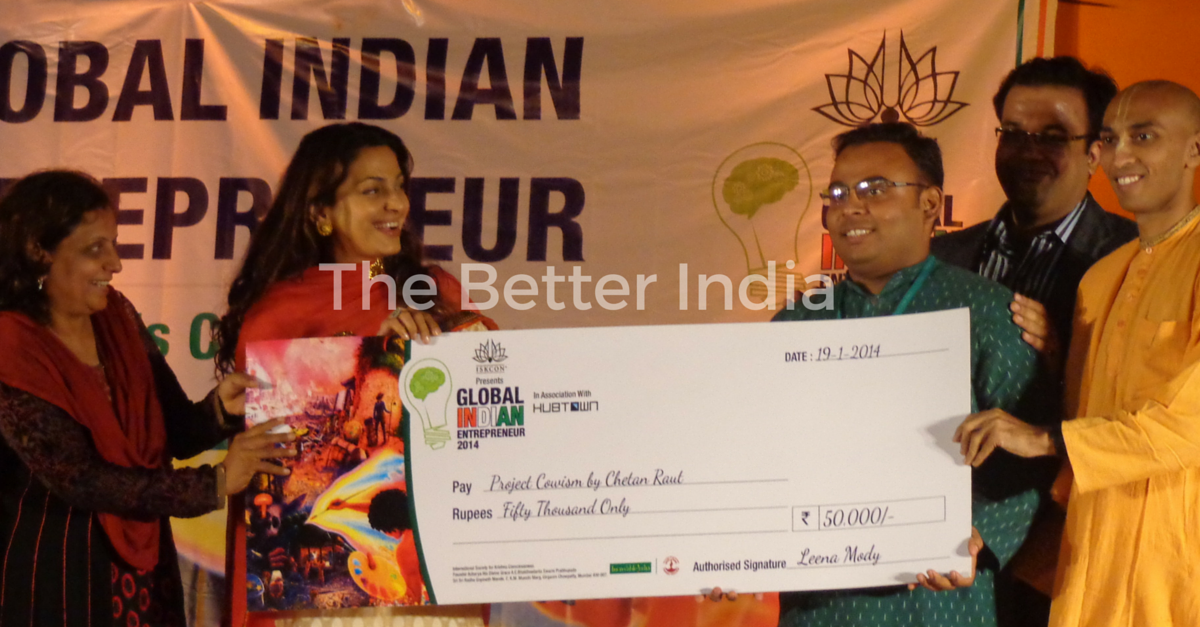
During his research, Chetan also came across a book called Devil in the Milk, written by Dr. K. B. Woodford. This book helped him understand the difference between the milk of a Jersey cow and an indigenous cow. The indigenous or pure Indian breed cow milk has amino acids, which make the milk protein easily digestible and is good for the kidneys. It is a source of vitamin B2, B3 and A. It helps strengthen the immune system and greatly reduce the chances of peptic ulcers, and colon, breast and skin cancers. On the other hand, milk from a Jersey (hybrid) cow contains additional BCM-7, an element associated with paediatric diabetes, autism and metabolic degenerative diseases.
Moreover, as the hybrid cows are basically from cold regions, they are more prone to diseases in the Indian climate, are less mobile, and require high maintenance.
Chetan now started to emphasize the rearing of indigenous cows through his Cowism project. He started his venture from Chandrapur.
His first step was to get milk from the farmers who had Gir Gai (an Indian breed cow), pack it at home and sell it himself.

“My mother and I used to pack the milk at home, and I distributed the milk every morning. People made fun of me, asking why I had done engineering if all I wanted to do was sell milk. But my mother stood strongly by me,” says Raut.
He started visiting the farmers and learning about their problems. But convincing them to use an age-old technique was not easy.
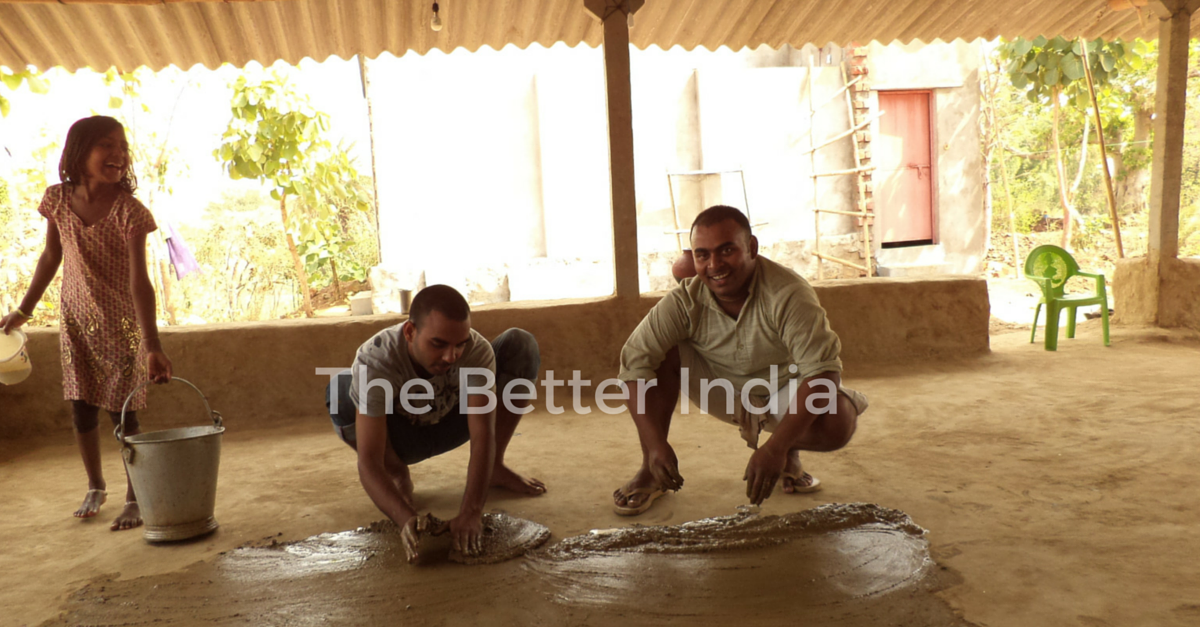
The conversion rate was really slow. Initially, only two farmers were motivated by Cowism and bought the Indian breed cow. However, since it takes a long time to see change when adapting to a new style of farming, farmers tend to get de-motivated. So Chetan started experimenting on his own land with the help of his cousin.
He says he has been seeing major changes on his farm with the use of self made fertilizers from cow dung and cow urine.
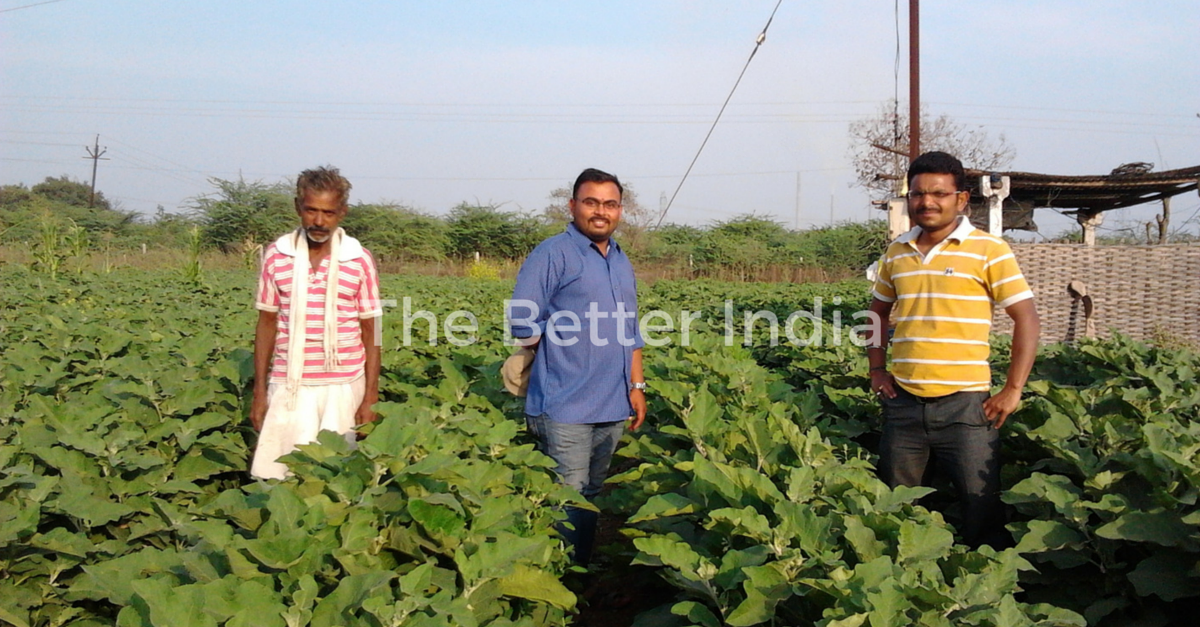
His motto now is to help introduce one indigenous cow to each farming household in his area – “one cow, one farmer” – and, from thereon, work towards increasing the reach of the idea to more and more farmers.
Watch the story of Cowism here :

To know more about Cowism, you can write to [email protected].
Like this story? Or have something to share? Write to us:[email protected], or connect with us on Facebook and Twitter (@thebetterindia).
If you found our stories insightful, informative, or even just enjoyable, we invite you to consider making a voluntary payment to support the work we do at The Better India. Your contribution helps us continue producing quality content that educates, inspires, and drives positive change.
Choose one of the payment options below for your contribution-
By paying for the stories you value, you directly contribute to sustaining our efforts focused on making a difference in the world. Together, let’s ensure that impactful stories continue to be told and shared, enriching lives and communities alike.
Thank you for your support. Here are some frequently asked questions you might find helpful to know why you are contributing?


This story made me
-
97
-
121
-
89
-
167













